N. Olive Esthetic (앤올리브 에스테틱)
5.5Km 2017-07-21
15, Yeongjung-ro, Yeongdeungpo-gu, Seoul
+82-2-2638-2604~5
Located on the first underground floor of Times Square in Yeongdeungpo, N. Olive Esthetic is a spa and beauty care shop. It offers professional nail art, hand and foot care and skin and full body therapies. Services include specialty packages like the Oil Candle Therapy (aroma oil produced from melted candles) using beauty care items from France. Every service includes a foot massage.
Times Square Main Atrium (아트리움)
5.5Km 2019-03-18
15, Yeongjung-ro, Yeongdeungpo-gu, Seoul
+82-2-2638-2000
Over 1,485㎡, Atrium is a spacious spot to rest for customers in the middle of the huge Times Square mall. It extends through the building to a glass roof so that customers see the blue sky while shopping. This pleasant place also offers colorful events regularly as well as themed performances every month on its round stage, bringing exciting cultural and entertainment experiences to visitors. Performances are offered free of charge.
Courtyard by Marriott Seoul Times Square (코트야드 바이 메리어트 서울타임스퀘어)
5.5Km 2021-07-21
15, Yeongjung-ro, Yeongdeungpo-gu, Seoul
+82-2-2638-3000
‘Courtyard’ by Marriott Seoul Times Square (opened on September 21, 2009) is the first of its kind among Marriott brands to be introduced in Korea, following the opening of the JW Marriott, the Renaissance, and the Marriott Executive Apartments. Courtyard Marriott Hotel is an extensive hotel brand with over 800 branches in 28 different countries worldwide. Courtyard by Marriott Seoul Times Square provides excellent services and an upscale atmosphere at reasonable prices.
The 16-story building (4 basement floors and 12 aboveground floors) is made of glass, which emphasizing the chic and elegant beauty of the hotel’s exterior. Located within the Times Square shopping mall, a newly emerging hub of shopping, business and entertainment, the hotel boasts a well-developed infrastructure and convenient transportation options.
HANILKWAN - Yeongdeungpo Branch (한일관 영등포)
5.5Km 2021-03-30
15, Yeongjung-ro, Yeongdeungpo-gu, Seoul
+82-2-2638-2735
It is a place that is not only popular for family dining but also frequented by office workers. This Korean dishes restaurant is located in Yeongdeungpo-gu, Seoul. The most famous menu is bulgogi.
Ichon Hangang Park (이촌한강공원)
5.5Km 2024-12-04
62 Ichon-ro 72-gil, Yongsan-gu, Seoul
+82-2-3780-0551
Ichon Hangang Park is built along the Hangang Park in Yongsan. From the park, one can see the Hangang River up close, and one can also find sports facilities like soccer fields, jokgu fields, inline skating rink, water sports facilities, bicycle paths, as well as a nature learning center built around a restored wetland and a lawn. One can follow the Hangangdaegyo Bridge to enter into the Nodeulseom Island, an island in the middle of the river.
◎ Travel information to meet Hallyu’s charm - TV series "Sisyphus: The Myth"
This park was featured in the TV series "Sisyphus: The Myth" as the setting where Seo Hae (played by Park Shin-hye) reflected on bittersweet memories with her father. Its expansive grounds make it an ideal spot for leisure activities such as walking, picnicking, and cultural events.
Childrens Museum of the National Museum of Korea (국립중앙박물관 어린이박물관)
5.5Km 2021-09-15
137, Seobinggo-ro, Yongsan-gu, Seoul
+82-2-2077-9000
The Children’s Museum of the National Museum of Korea is an experience-oriented museum where children can see, touch, and feel history through hands-on programs and games. The permanent exhibition hall displays replicas of historical items so children can learn about Korea’s cultural heritage in a fun and interactive way. Children can also experience the lifestyle and wisdom of the past through experience programs.
Ran (란)
5.5Km 2021-04-12
12, Yeouidaebang-ro, 53ga-gil, Yeongdeungpo-gu, Seoul
+82-2-848-1884
It is a soup that has been boiled for a long time and is good for the body. This Korean dishes restaurant is located in Yeongdeungpo-gu, Seoul. The most famous menu is oxtail soup.
Changdeokgung Palace Complex [UNESCO World Heritage Site] (창덕궁과 후원 [유네스코 세계문화유산])
5.5Km 2025-01-17
99 Yulgok-ro, Jongno-gu, Seoul
Changdeokgung Palace was the second royal villa built following the construction of Gyeongbokgung Palace in 1405. It was the principal palace for many kings of the Joseon dynasty, and is the most well-preserved of the five remaining royal Joseon palaces. The palace grounds are comprised of a public palace area, a royal family residence building, and the rear garden. Known as a place of rest for the kings, the rear garden boasts a gigantic tree that is over 300 years old, a small pond and a pavilion.
The palace gained importance starting from the time of Seongjong, the 9th king of Joseon, when a number of kings began using it as a place of residence. Unfortunately, the palace was burned down by angry citizens in 1592 when the royal family fled their abode during the Imjin War. Thanks to Gwanghaegun, the palace was restored in 1611. Even today, it houses a number of cultural treasures, such as Injeongjeon Hall, Daejojeon Hall, Seonjeongjeon Hall, and Nakseonjae Hall.
Changdeokgung Palace’s garden behind the inner hall, called the "Secret Garden," was constructed during the reign of King Taejong and served as a rest area for the royal family members. The garden had formerly been called Bugwon and Geumwon, but was renamed Biwon Garden, or Secret Garden, after King Gojong came into power. The garden was kept as natural as possible and was touched by human hands only when absolutely necessary. Buyongjeong Pavilion, Buyongji Pond, Juhamnu Pavilion, Eosumun Gate, Yeonghwadang Hall, Bullomun Gate, Aeryeonjeong Pavilion, and Yeongyeongdang Hall are some of the many attractions that occupy the garden. The most beautiful time to see the garden is during the fall when the autumn foliage is at its peak and the leaves have just started to fall.
Though it has been treasured by Koreans for centuries, Changdeokgung Palace and its complex was recognized as a World Cultural Heritage site by the UNESCO World Cultural Heritage Committee in December of 1997 during the committee meeting in Naples, Italy.
National Museum of Korea (국립중앙박물관)
5.5Km 2025-06-30
137 Seobinggo-ro, Yongsan-gu, Seoul
The National Museum of Korea houses a vast collection of artifacts from ancient times to the modern era in a wide range of topics, including art and culture. The museum houses a Children's Museum, where visitors can learn more about the nation's history through educational programs and experiences. The outdoor grounds feature pagodas and other stone artworks too large to be on display inside.
In addition to galleries with a wide array of national and international pieces, the National Museum of Korea is a stage for a number of cultural activities related to collection, preservation, research and analysis, social training, academic publications, intercultural exchange programs, concerts, and more.
Changgyeonggung Palace (창경궁)
5.5Km 2024-10-31
185 Changgyeonggung-ro, Jongno-gu, Seoul
+82-2-762-4868
Located in the heart of Seoul, Changgyeonggung Palace was originally built as Suganggung Palace by the 4th ruler of the Joseon dynasty, King Sejong (r.1418-1450), for his retiring father, King Taejong. It often served as residential quarters for queens and concubines. During the reign of King Seongjong (r.1469-1494), the palace was renovated and renamed to Changgyeonggung Palace. It later became a park with a zoo and a botanical garden during Japanese colonial rule. The palace grounds remained this way until 1983 when restoration of its old grace was completed.
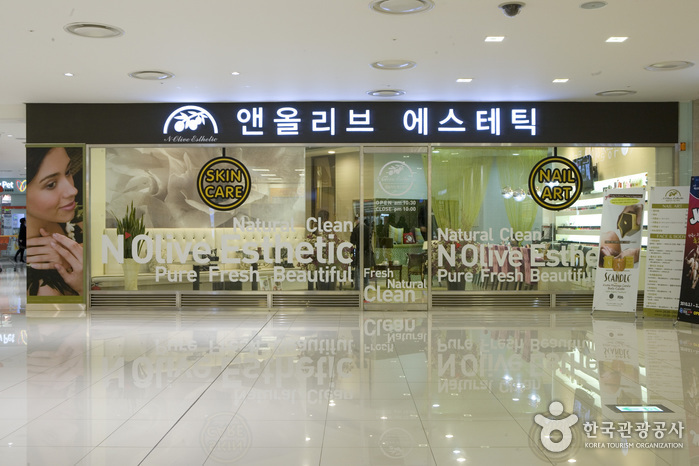
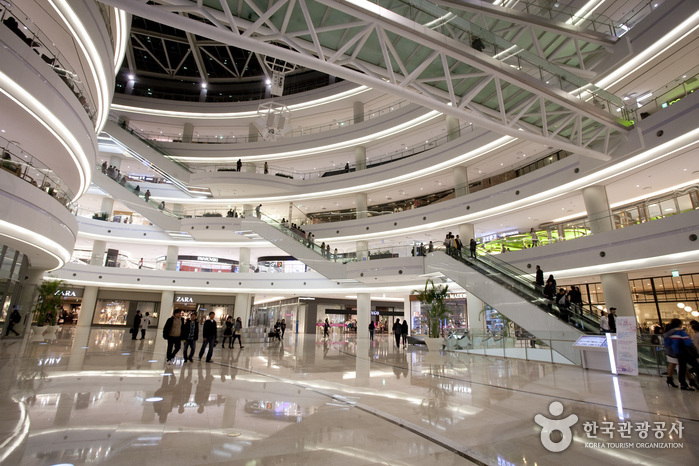
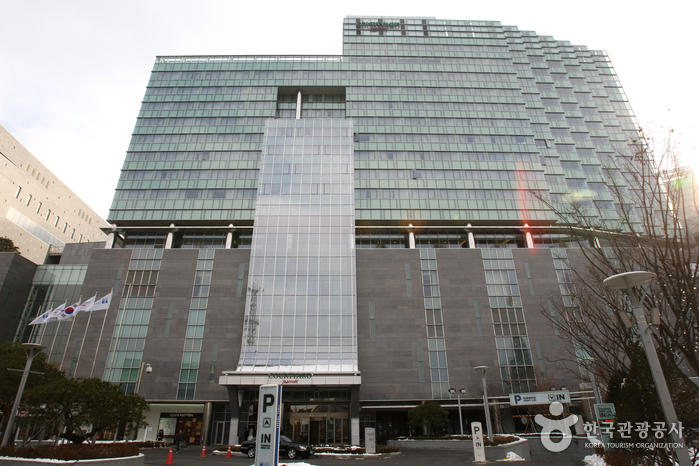
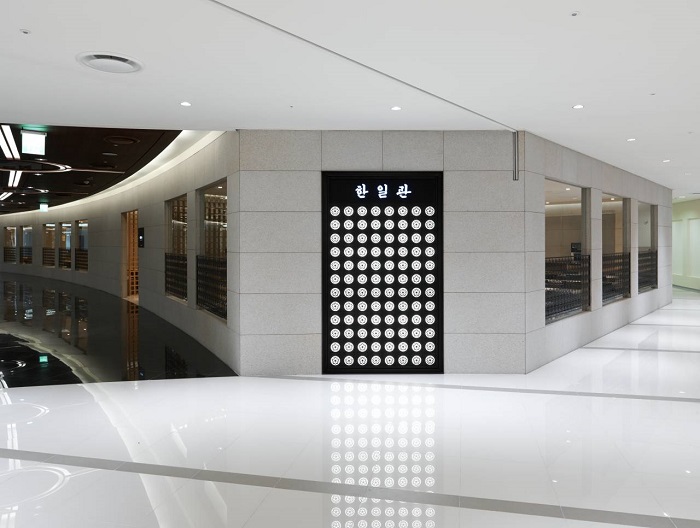
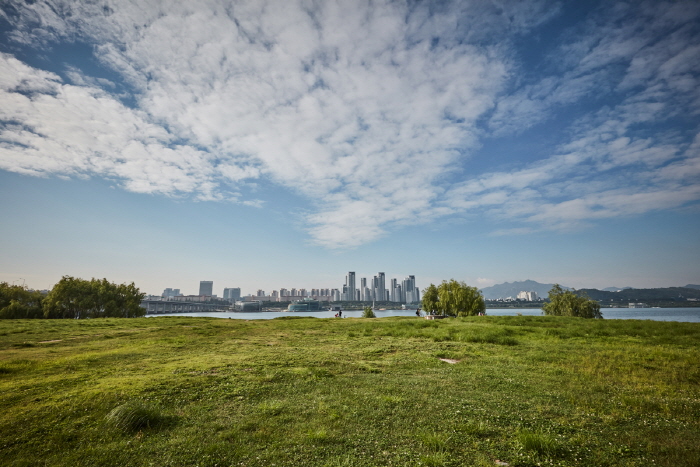
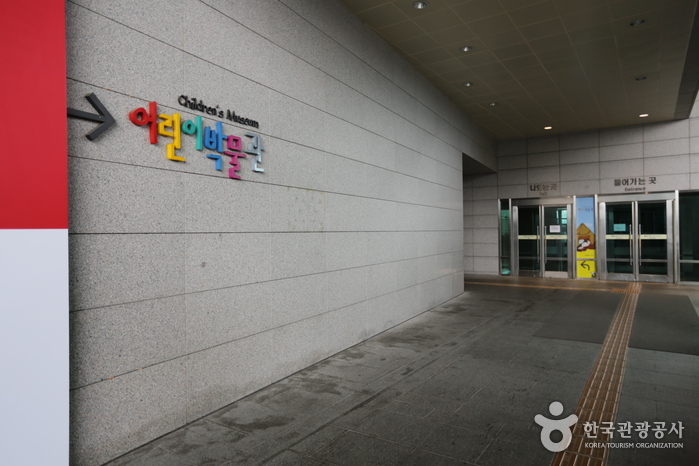
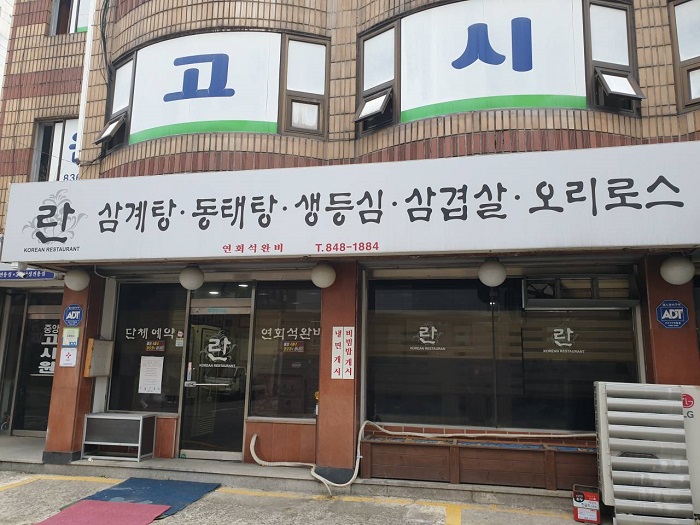
![Changdeokgung Palace Complex [UNESCO World Heritage Site] (창덕궁과 후원 [유네스코 세계문화유산])](http://tong.visitkorea.or.kr/cms/resource/03/3092503_image2_1.jpg)
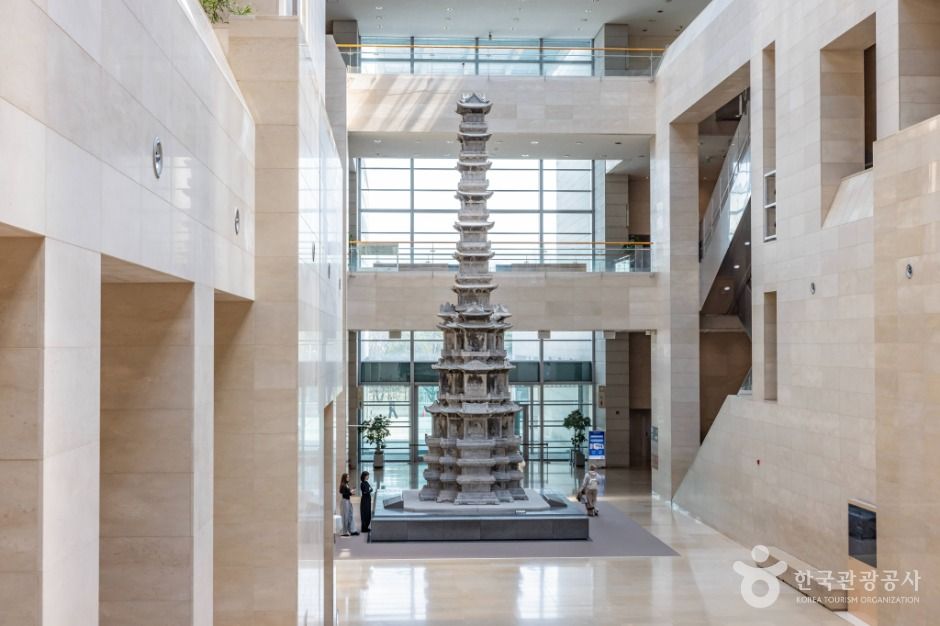
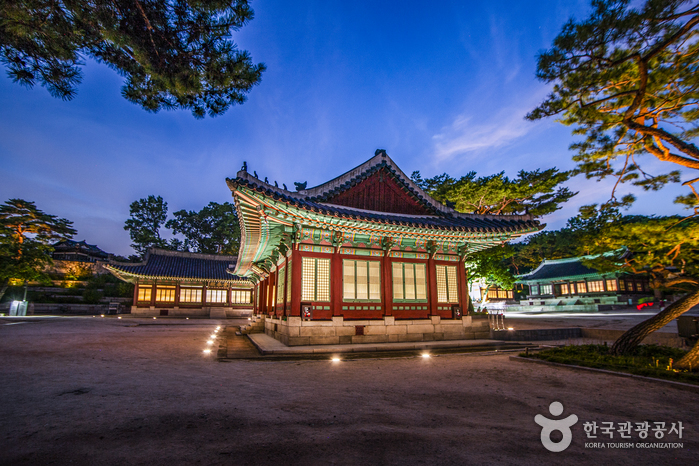
 English
English
 한국어
한국어 日本語
日本語 中文(简体)
中文(简体) Deutsch
Deutsch Français
Français Español
Español Русский
Русский